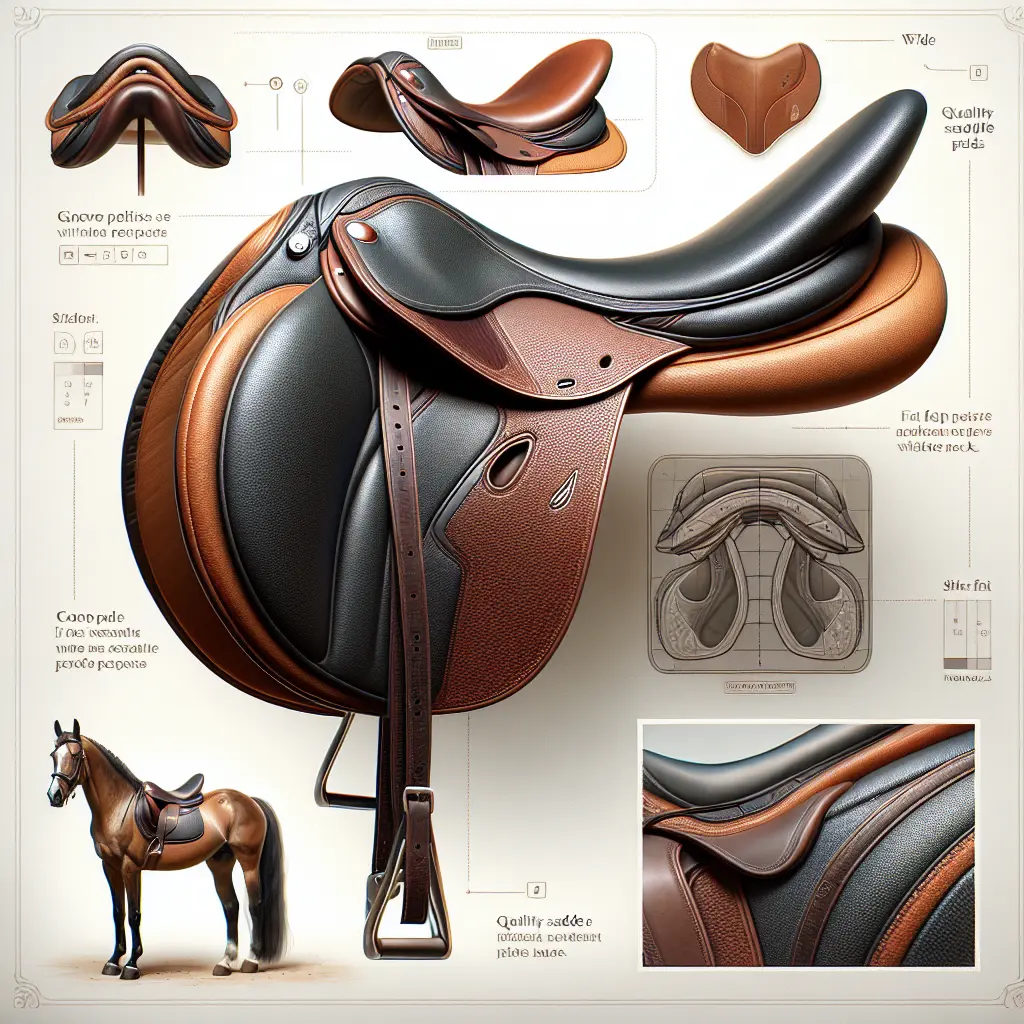Effective Saddle Solutions for Riders with Narrow Pelvis and Wide Horses
Riding a wide-backed horse can present unique challenges, especially for riders with a narrow pelvis. The proper saddle fit not only ensures comfort but also protects the horse's wellbeing and enhances rider performance. Addressing the mismatch between a narrow rider and a wide horse requires understanding saddle design, rider biomechanics, and horse anatomy. This blog outlines effective saddle solutions tailored for riders with narrow pelvises who ride wide horses, based on expert insights and up-to-date fitting principles.

Understanding the Challenge: Wider Horses and Narrow Riders
Wide horses have broader backs, larger shoulder widths, and more space between their spinal processes. Meanwhile, riders with narrow pelvises have limited hip width, meaning their legs and seat bones naturally position closer together. When these two anatomies combine, a standard saddle often places the rider's legs awkwardly, either too far apart or uncomfortably stretched, leading to poor balance, discomfort, and potential pain — especially pelvic or hip pain for the rider, and pressure points for the horse.

Key Saddle Features to Address This Combination
A saddle that fits both the wide horse and narrow rider must balance the horse’s back shape with the rider’s pelvic width and leg position. Here are crucial elements to consider:
Saddle Tree Width and Shape
- Wide-backed horses require a saddle with an appropriately wide tree to avoid pinching the shoulders or spine.
- Adjustable tree saddles offer flexibility, allowing the front tree width to be changed to fit fluctuations in the horse’s shape. However, note that adjusting just the front of the tree doesn't always accommodate the overall back shape changes.
- True tree fit should ensure the saddle contacts the horse’s back evenly without bridging or tight spots.
Narrow Twist
The twist is the narrowest part of the saddle tree, where the rider’s thighs pass over. A narrow twist allows riders with narrower pelvises to position their legs more naturally and closer together without discomfort. However, the "narrow twist" is not a universal solution by itself; saddle fit also depends on the seat shape, seat width, and stirrup bar placement.

Seat Width and Seat Bone Support
The saddle seat should support the rider's seat bones, centering them correctly to avoid sitting on the cantle or too far forward. For narrow pelvis riders, a seat with a flatter and appropriately sized sitting area is important, ensuring the seat bones rest firmly and comfortably.
Stirrup Bars Placement
Extended or extra-extended stirrup bars pull the rider’s leg backward underneath the body, which better aligns with a narrow pelvis while accommodating the horse’s wide back shape. Proper stirrup bar placement also prevents the stirrup leathers from interfering with the rider’s legs, allowing a natural leg position and closer contact.

Practical Solutions and Recommendations
Customized Saddles or Monoflap Models
Monoflap saddles, which have a single flap rather than double, reduce bulk and allow for a closer leg contact, benefiting narrow riders on wide horses. Saddles with adjustable trees or customizable fitting options help match the horse’s shape while considering rider anatomy.
Saddle Pads and Adjustments
Risers and shims can help improve saddle balance but should be used cautiously as they alter contact and can create pressure points if not fitted properly. Specialized saddle pads designed to fill gaps but keep the saddle balanced may improve both rider comfort and horse wellbeing.
Avoiding Pain and Enhancing Comfort
Riders experiencing pelvic pain riding wide horses may benefit from saddles with narrower twists and correct seat support, avoiding wide seats that force forced hip abduction and discomfort. Correct saddle fit enhances rider stability and reduces compensations that can lead to pain or injury.
Summary Table: Saddle Features for Narrow Pelvis Riders & Wide Horses
| Feature | Benefit for Narrow Pelvis Rider & Wide Horse |
|---|---|
| Wide Tree | Matches wide horse back, avoids pinching |
| Narrow Twist | Allows closer leg position, reduces pelvic and hip pain |
| Extended Stirrup Bars | Pull legs back for natural alignment beneath the pelvis |
| Flatter Seat | Provides even seat bone support and better balance |
| Adjustable Tree Saddles | Adaptable to horse shape changes but requires expert fitting |
| Monoflap Design | Reduces bulk, increases leg contact |
| Quality Saddle Pads | Enhances balance without pressure points |
Final Thoughts
Riding wide horses with a narrow pelvis is a biomechanical puzzle that demands a careful and informed approach to saddle selection. The best saddle solutions combine wide tree fit for the horse with rider-centric features such as a narrow twist, extended stirrup bars, and appropriate seat design. Customization, expert saddle fitting, and attention to balance will ensure comfort and performance for both horse and rider.
For more detailed advice and expert fitting, resources like Schleese Saddlery provide extensive information on saddle fit for wide horses, emphasizing rider comfort and horse welfare. Additionally, forums such as Horse & Hound discuss real rider experiences and solutions for pelvic pain related to saddle fit.
If you're looking to enhance your riding experience with style and comfort, consider exploring our diverse collection of Jodhpur, Horse Riding Boots, Gloves, and Riding Socks. Additionally, for your horse's wellbeing, our Everyday Vitamins & Supplements collection offers products to support their health.
This blog aims to help riders with narrow pelvises riding wide horses make informed choices to enhance riding comfort and horse welfare through effective saddle solutions.


